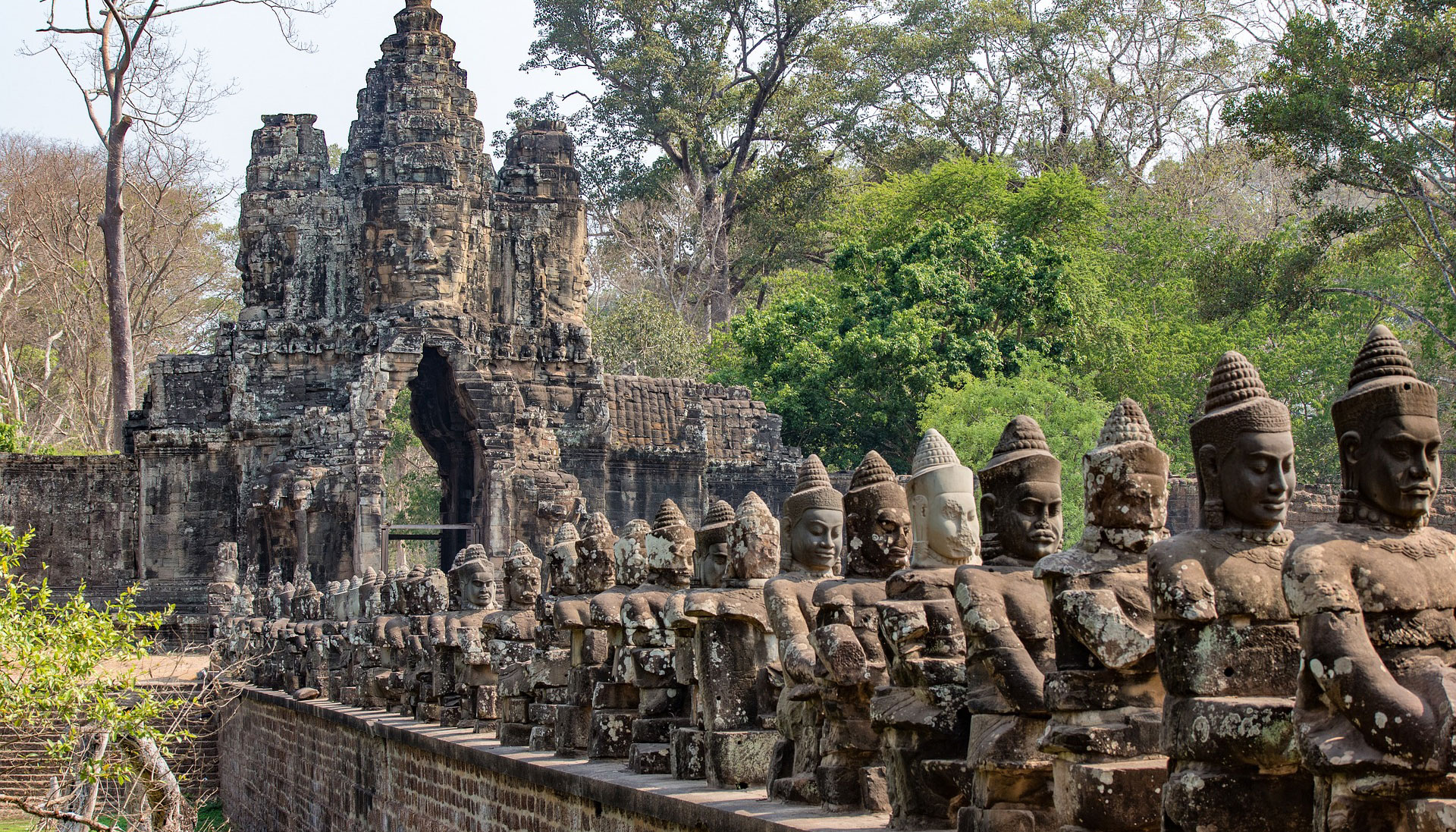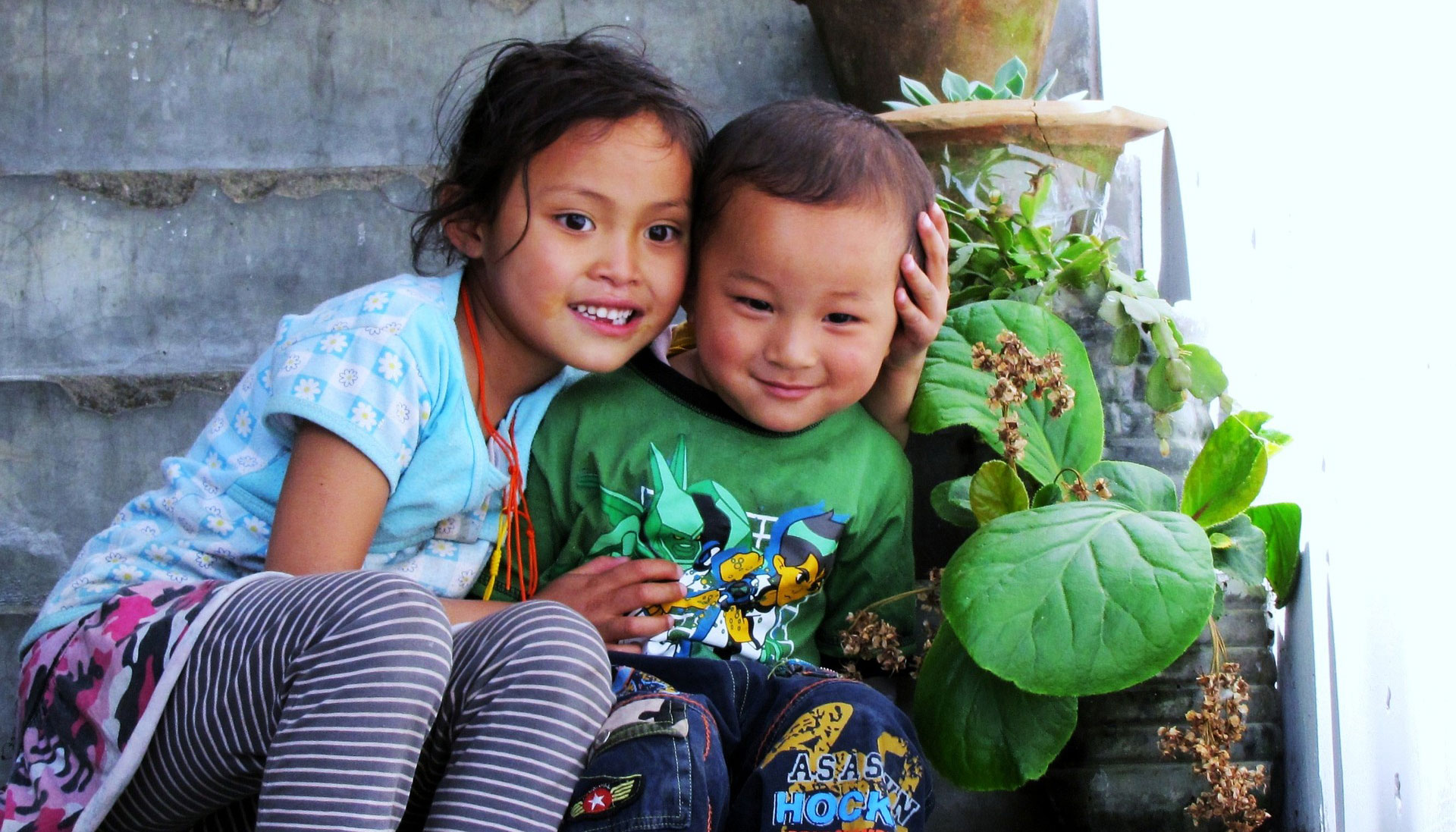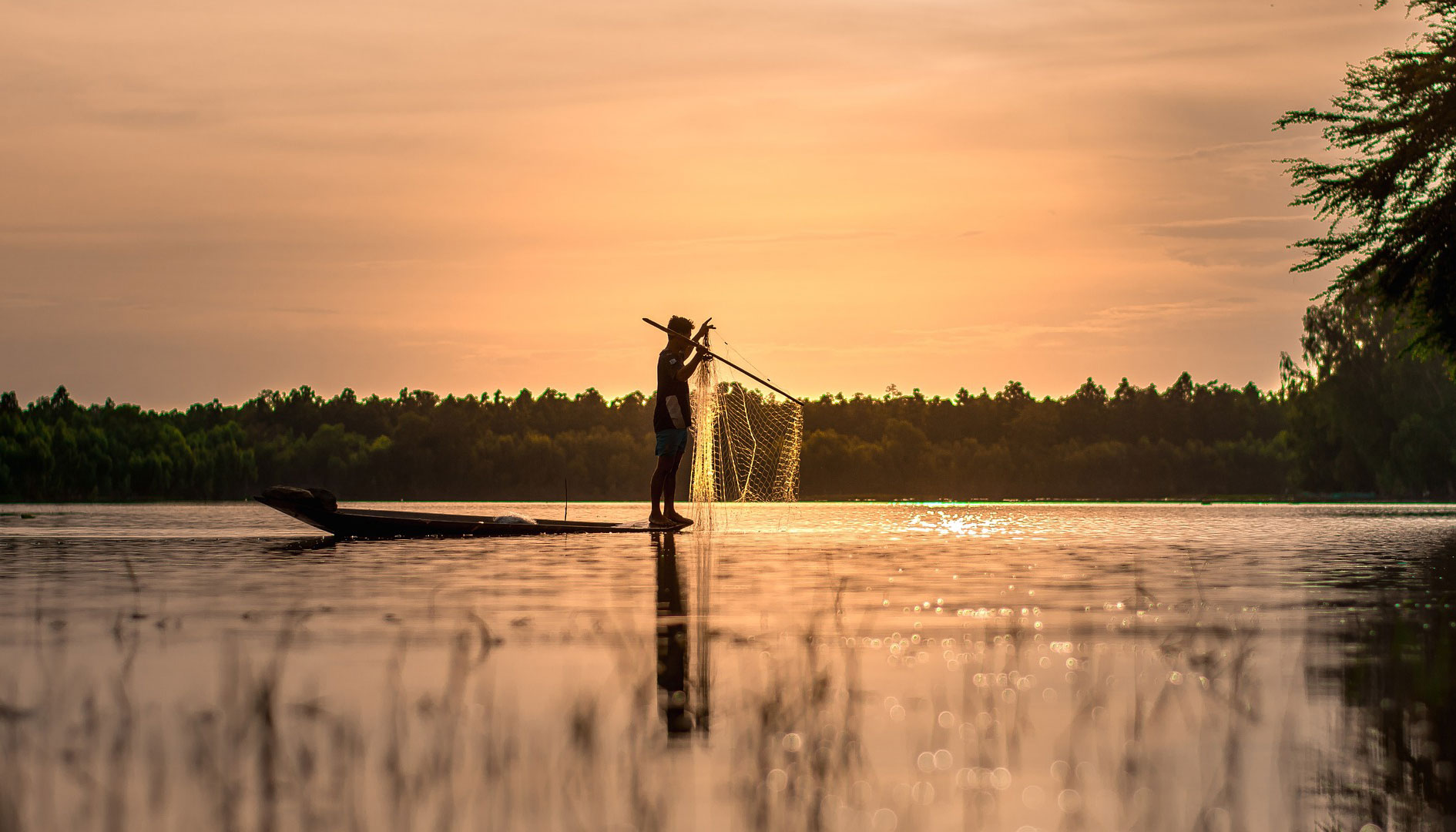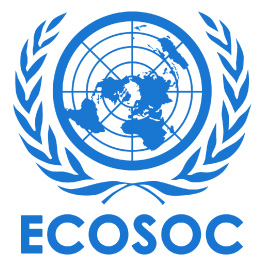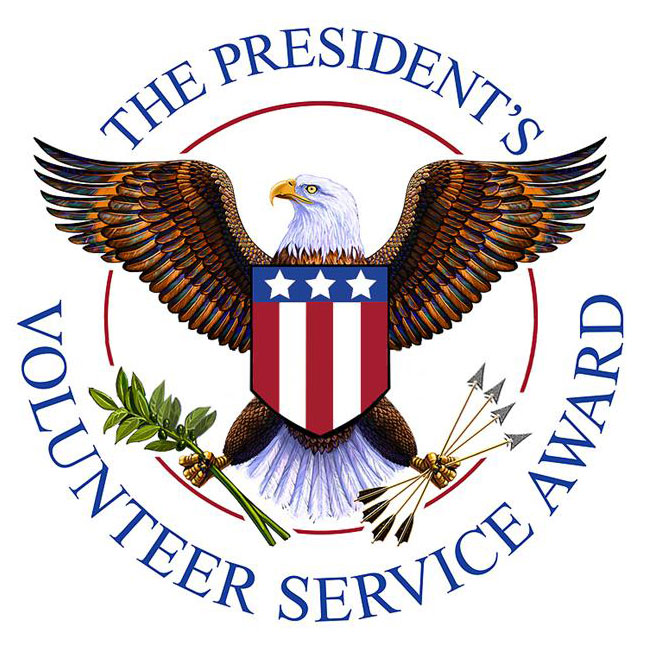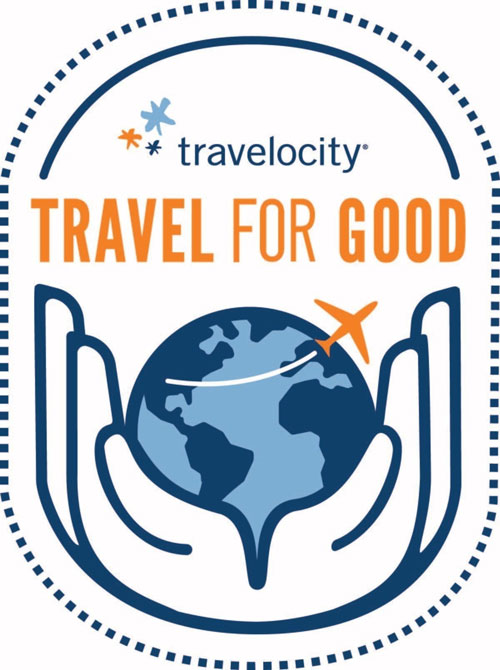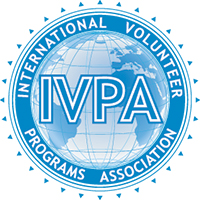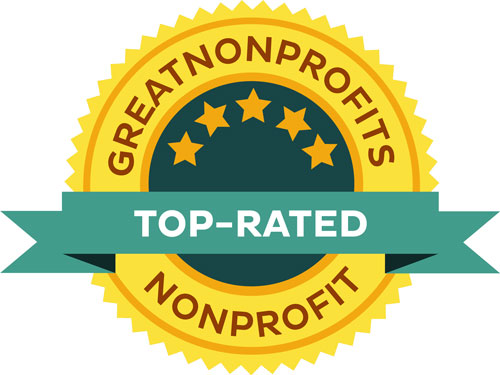Trying (Hard) to Be a Good Man in Africa
Published September 2010
It’s funny, the detours you take when you set out to enlighten a nation.
My ten–year–old son, Eamon, and I had come to Ghana as volunteers to lend a hand in building a computer center. We were supposed to help connect a rural village to the World Wide Web, so that, one day, its benighted people might learn to Google, Wiki, and Twitter. But here I was in a Vodun ceremony, stripped down to a white sarong, whipping my head like a hypnotized chicken, as a fetish priest and his coven of drummers connected me to an older Ethernet.
Eamon shook his head in embarrassment. Isn’t it awful when your dad drags you to Africa and then gets lost in a spirit trance?
It had started as a lark. After a morning spent mixing mortar and lugging cinder blocks, our little band of volunteers figured a hike would be a good way to walk off lunch. We’d marched through the bush for less than an hour when we came to a clearing where a half–dozen thatched huts were protected by a stone talisman, a wax–covered little man with a knife in his head. This was the Mina Mavo Healing Center. People stayed here for days, looking for a cure for their physical and mental maladies. We hadn’t come with any complaints. And yet, to different degrees, all of us saw Ghana as a kind of healing center. Among our patients were a recent divorcée, a globe–trotting executive craving a reward beyond frequent–flier miles, and a young family simply looking for relief from the usual holiday, where the memory of the trip fades faster than the tan. We all wanted to sweat off some of our self–absorption. I’d been to thirty–five or so countries, but I often came home feeling that I’d just scratched the surface of the culture, leaving behind nothing more than a little baksheesh. I was looking for the deep–tissue massage you can get only by doing hard labor for a good cause. I also had this picture of working with my son, shoulder to shoulder, to conquer African poverty—even if I could barely get him to clean our cat’s litter box.
We weren’t the first to come to Ghana looking to be useful. The country’s political stability, its robust economy (it has one of the world’s best–performing stock markets), and the fact that its people speak English have made Ghana one of the most popular African destinations for anyone who ever considered joining the Peace Corps. Goodwill ambassador Louis Armstrong visited in 1956, the year before the citizens of the Gold Coast won their independence from Great Britain after a decade of civil disobedience. More than 100,000 fans turned out to hear Satchmo play at Accra’s Old Polo Ground.
“I came from here, way back,” he said, after spotting a woman who resembled his late mother. “Now I know this is my country too.”
Malcolm X, Martin Luther King, Jr., Muhammad Ali, Richard Wright, and Maya Angelou came later to see the first sub–Saharan nation to hand its colonial rulers their hats. Some of them saw Ghana as a refuge from American prejudice and were attracted to first president Kwame Nkrumah’s dream of Pan–African unity. Some seventy thousand Americans visited Ghana last year, and the country remains a pilgrimage destination for African–Americans—including Stevie Wonder, Will Smith, Danny Glover, Beyoncé, and Jay–Z—who come to see, among other historically significant sites, the continent’s largest repository of slave forts.
Ghana has not escaped coups and corruption. But its democratic progress has been impressive enough to earn visits from presidents Bill Clinton, George W. Bush, and Barack Obama (who chose to visit Ghana even over his father’s homeland, Kenya).
But Ghana isn’t only about tear¬stained remembrance and hernia–inducing acts of charity. A couple of taxi rides with Ghanaian drivers in New York City was enough to tip me off that these people were a lively bunch. Their enduring art forms include traveling comic operas called concert parties and highlife music, a swinging Africanized jazz percolating with social commentary. At least one sociologist has suggested that Ghanaians laugh too easily—to conform and to avoid confrontation. Is it any wonder that a Ghanaian, Kofi Annan, should win the Nobel Peace Prize? Or that the Ghanaian calendar should groan with celebrations? Looking it over, I saw that barely a week passes without some festival, saluting everything from the moon to the yam. There is an even greater abundance of wildlife in Ghana’s eighteen national parks and reserves. So I decided that, before we surrendered for community service, Eamon and I should see some of the country.
An eleven–hour flight from New York deposited us in the capital of Accra on a rainy morning. I’d mapped out an express–lane itinerary that had us circumnavigating the country (about the size of Michigan) in a week. We’d need to make good time. There at the airport to help us was our Land Tours guide, Ben Addo, a husky, genial man who’d driven Jesse Jackson a few times. Underscoring Ghana’s brotherhood with America, Ben made our first stop the former home of W.E.B. DuBois, the Massachusetts–born civil rights pioneer who spent his final years here. We also hit the memorial park honoring President Nkrumah, a graduate of Pennsylvania’s Lincoln University. A bronze statue of Nkrumah was missing its head and left arm (broken off during a 1966 coup). The city of about 4.5 million people takes its name from the Akan word for “ants,” because there were once many anthills here. Today they’ve been replaced by more than a dozen skyscrapers, but most of Accra still doesn’t climb above three stories. On our tour of the town, we saw at least a dozen remnants of the British realm, including the nineteenth–century Holy Trinity Cathedral, designed by Sir Aston Webb, architect of London’s Victoria and Albert Museum. The Soviets had clearly inspired Black Star Square, with its triumphal Independence Arch.
The Chinese had supplied the soaring modernist National Theatre, which claims the only classical symphony orchestra in West, Central, and East Africa, and the Danes had left behind the seventeenth–century Osu Castle. It had been home to every Ghanaian president until 2009, when members of President John Kufuor’s National Patriotic party decided he shouldn’t live in a former slave fort, borrowed thirty million dollars from India, and built a palace shaped like a Ghanaian chief’s throne stool. We had started our tour at Nkrumah’s mausoleum, and Ben thought it made perfect sense to end it at Accra’s coffin sho ps. Back in the 1950s, carpenter Kane Kwei knew a lady who dreamed of flying. When she died, he made her a casket shaped like an airplane, and that was when sepulchre sculpture really took off in Accra. Kwei’s twenty–five–year–old grandson, Eric, invited us into a showroom where we saw a giant chicken, a fishing boat, a beer bottle, and a satin–lined mango.
Eric had just sold a Mercedes–Benz casket.
“It’s very popular among rich people,” he said.
My wiseacre son suggested that the gray snail in the corner might be good for his old dad.
“The snail is usually for a lawyer or a chief,” Eric explained, restoring my reputation. “They are very slow, but they usually get to their destination.” Next, we were off to Ada, a much smaller town about two hours east, on the Atlantic. (The late soul man Isaac Hayes had a home here.) On the way, we picked up Otor Plahar, an Ada–born government official who had offered to introduce me to local chiefs during the weeklong warrior festival of Asafotufiam.
Ghana has a British–begotten parliament and justice system, complete with white wigs. It also has a National House of Chiefs, which has no executive or legislative power but whose advice is respected on matters of tradition. While some of its hereditary leaders are wealthy and politically wired, others squeak by on what they make from humble day jobs. Arriving in Ada, Otor led us down a dirt alley to a modest one–story dwelling where chickens pecked outside. This was the court of our first chief, Nene Tsatsu Pediator IV. The seventy–five–year–old leader of the Kudzragbe clan (one of ten in Ada) wore a black headband decorated with gold moons and stars. One bare, bony shoulder stuck out of his toga, which was made of Ghana’s famous kente cloth. A sentry holding a nineteenth–century musket stood behind the chief as he chatted on his cell phone.
Custom forbade us from speaking directly to Nene Pediator, dictating that we direct all questions to his court linguist. But after a few awkward exchanges, the chief dispensed with formality. He explained that members of his clan sought his opinion on issues ranging from real estate to adultery.
“Marital disputes—we do a lot of those,” he said, flashing a gold tooth. “We give fines.”
We spoke for about half an hour, until it came time to give the chief his traditional present. Most chiefs accepted a “libation.” Otor whispered that this one, a retired accountant, would prefer cash.
“One hundred dollars U.S. would be fine,” he suggested.
I was stunned by the amount, but I didn’t want to breach protocol, especially while that guy with the musket was watching me. I slipped the bills to Otor.
We moved on to the gathering of Ada’s traditional military units, known as asafo companies. Once the warriors of the village, the companies are now dedicated to community service. But during this first week of August, their younger members commemorate Ada’s eighteenth– and nineteenth–century military victories with ram–like displays of testosterone. Stepping cautiously around an open field, we saw a strapping, shirtless teenager wearing antelope horns and brandishing an ancient sword. His friends fired flintlocks into the air. The young men had no bullets. But they’d had a bit of palm wine. At any moment, one of them might sneak up behind you and unload his musket near your ear. One guy stuffed gunpowder into a metal pipe pinched between his legs. Every few minutes, he’d ejaculate fire.
Overseeing this mock combat were the chiefs. Some of them wore capes of leaves. Their linguists gripped staffs carved with power symbols—the parrot, the frog, the egg. Eventually, everyone marched down the road to the Volta River, carrying on their heads their clan chiefs’ stools, as well as drums as long as five feet. The celebrants had sung Christian hymns earlier in the day, but that didn’t keep away the fetish priestesses—older ladies, dressed in white, who stayed in touch with the pre–missionary gods. One of the crones whirled around, clenching her fists as though she were boxing someone we couldn’t see.
The height of the festivities came the next day, when Ada’s paramount chief, Nene Abram Kabu Akuaku III, convened his durbar at a parade ground ringed by hundreds of people. Each of the clan chiefs arrived on a palanquin shouldered by his followers. The chiefs wore their finest kente and enough gold bling to humble an American rap star. Once they’d dismounted their litters, the clan leaders crossed the durbar—shaded by umbrella bearers and heralded by men blowing tusks—to swear their allegiance.
After each chief had recalled his clan’s role in historic battles, the paramount chief declared, “We are still at war—this war of development of our resources.” He mentioned threats to the local wetlands and boundary disputes. He also called upon attending political candidates to conduct their campaigns “in a manner devoid of insults . . . that would likely inflame passions.”
And this was a crowd with flammable passions. Hoisted into the air by their bearers, the chiefs danced on their litters and waved their ceremonial sabers. Jockeying for position in the royal convoy was Nene Buertey Okumko Obuapong IV, whose “war shirt” shimmered with mirrors that deflected the evil eye. The gun smoke of his clan’s musketeers mingled with the dust until the brawny chief appeared to be floating on a russet cloud. He seemed to be having a good time, bouncing up and down, but I sensed his heart fluttering. The day before he’d confided, “I pray to God they don’t drop me.”
I was thinking the same thing at six the next morning as we climbed into the clouds aboard a twin–engine Antrak Air palanquin, winging toward the Northern Region city of Tamale. Our wheelman, Ben, met us when we landed, having set out the day before on the eleven–hour drive from the coast. From Tamale, we headed west across dry red terrain relieved by fat baobab trees and stout thatch–and–clay huts. Stopping in Larabanga, we found that Allah, rather than Jesus, held sway, and learned that the villagers claim their mud–and–stick mosque is the oldest building in Ghana. The Northern Region’s biggest draw for us, though, was the country’s largest nature sanctuary.
Ghana might not have the sprawling game reserves of eastern and southern Africa, with their rhinos, zebras, and giraffes. But its 1.2 million–acre Mole Nation al Park does have an estimated six hundred elephants, more than a thousand buffaloes, five types of primates, thirty–three kinds of reptiles, about three hundred bird species, and a dozen makes of antelope. Among its seventeen varieties of carnivores are just a couple of leopards and lions. With so few man–eaters on the prowl in Mole (pronounced mo–lay), you didn’t need to ride around in a Land Rover for protection. You could get intimate with the savanna and walk through the bush, as we did with our dry–humored ranger, D. K. Basig. He carried a vintage .375–caliber carbine but assured us, “I’ve never had to fire it.”
We followed him through a fragrant sea of lemongrass and shadowed a cortege of foraging elephants. Around noon, they ended up at a lagoon, where some of their buddies were already snorkeling, their trunks poking out of the water.
The next day, we headed south, past maize and cassava fields, to Kumasi, Ghana’s second–largest city. Founded in 1695, it was the capital of the gold–rich state of Ashanti, whose slave–trading people once controlled an empire probably larger than today’s Ghana.
One of the town’s few remnants of the British realm is Kumasi Fort. Its military museum chronicles the service of Ghanaian soldiers like Bukari Moshie, who even as a sergeant major was not entitled to wear shoes, and three Ghanaian World War II vets who were killed in 1948—not in battle but in a peaceful demonstration against Britain’s refusal to give them their promised pension. Their deaths helped ignite Ghana’s independence movement. A few examples of vernacular Ashanti architecture survive in ten sacred shrines designated as UNESCO World Heritage Sites. One, known as Aduko Jachie, is tucked away at the end of a street lined with evangelical churches, whose ministers tell their congregations to stay away from the shrine. But people still come—secretly, according to its female caretaker, Akua Bedu. The shrine’s last fetish priest ran off years ago, but Akua still prunes the bush in its courtyard. “If you let it blossom,” she explained, “a prominent person in town will die.”
From Kumasi, we proceeded south to Assin Manso, where slaves would stop for inspection before being shipped to the coast. A sign near the riverbank commemorates their “last bath.” African–Americans sometimes bring home vessels of the river’s water and leave wreaths at the graves of two former slaves whose remains were flown here from the United States and Jamaica in 1998.
From Assin Manso it was on to the city of Cape Coast, where in 1653 the Swedes erected a fort on rocks overlooking the Atlantic. The British made the fort’s walls stronger and dungeons deeper, to hold tens of thousands of human beings who were shipped like cargo to the Americas. Descending into this cobblestone purgatory, we saw a line on the wall three feet high that marked the tide of feces, straw, and corpses that the dungeon once contained.
About five hundred women were stored in a separate hell, where the master had his pick. Those who survived their stay in the fort were led to the ships through the Door of No Return.
The following morning, we headed back to Accra to meet up with our fellow Globe Aware volunteers. We could spot one another by our white T–shirts proclaiming, have fun, help people. Founded in 2000, the Dallas–based nonprofit arranges “adventures in service” in fifteen countries. Eamon was pleased to meet a co–conspirator in another ten–year–old boy, Wyatt Keyser, who came with his father, Wayne, a park ranger from Nevada, and his vivacious mother, Jodee. Also on board were Scott Strazik, a General Electric executive; Julie Tortorici, a New York filmmaker shooting a documentary about rebuilding her life after a divorce; and Joe Amon, her laser–witted cameraman.
Each of us had paid thirteen hundred dollars for the privilege of breaking our asses. There to help us do that was Richard Kwashie Yinkah, the thirty–year–old founder of Disaster Volunteers of Ghana. In the last eight years, Richard and his team had built schools, staffed orphanages, and imported books, computers, and teachers from abroad. For all his dedication, Richard had a hip sense of humor—especially when he laid Ghana’s soul–brother handshake on me. First came the interlocking of fists, followed by some quick thumb play, then a slow tango of the middle fingers, all of which culminated in a resounding snap when the two parties pulled their hands apart. At least that was how it was supposed to go. Somehow my hand stayed glued to Richard’s. There was no snap.
“Keep practicing,” he said with a wink.
Richard’s thirty–two–year–old first lieutenant, Robert Tornu, helped wedge us into a beat–up passenger van. After driving northeast for two hours, we reached Ho, which would be our base. Ho boasts three hospitals, a cathedral, a museum, a prison, and several hotels and Internet cafés. But many people still think of it as a large village.
We arrived just as Ho’s paramount chief, Togbe Afede XIV, was honoring his predecessor, the late Togbe Afede Asor II, with a procession. Asafo warriors were firing muskets. Lithe, ocher–haired beauties were swiveling their hips. A barefoot fetish priestess who resembled Oprah Winfrey spun around in a trance. Dancers and drummers circled her whenever she plopped down in the middle of the street to blow her whistle.
“Some Christian ladies would be offended to see her here,” said Richard. “But tradition says she should have a place in the procession.”
We shared a catered dinner in the parking lot of Ho’s public bus terminal, then settled into the bricklike single beds of our dorm rooms at the Ghana National Teachers Association Hostel.
The next day was Sunday. Since almost sixty–nine percent of Ghanaians are Christian, working on their Sabbath was out. So we continued our cultural immersion, rumbling in our van through jade valleys for an hour till we reached the Agumatsa Wildlife Sanctuary on the border of Togo. There, we walked through a forest glittering with butterflies and across nine footbridges, until the birdsong was devoured by the roar of Wli Falls, said to be the tallest plunge of water in West Africa. Even before we saw it, the mist cooled our faces. Eamon and I had gone bodysurfing in the crashing Atlantic, but we’d stayed out of ponds for fear of the dreaded bilharzia parasites that dwell in still water. Here, the roiling pool at the bottom of the falls was safe. In fact, it was fantastic. We dove into its mighty clouds of joy like a bunch of Baptists. The next morning, we drove forty–five minutes to Tsyome Afedo, a village of well–kept mud–brick houses surrounded by verdant hills. As we got out of t he van, a tipsy old man greeted us, banging a cowbell.
“My name is Teddy Bonfu,” he rasped. “But everybody calls me Teddy Bones.”
I tried to give him the Ghanaian handshake but again failed miserably. There was no snap.
Richard and Robert guided us to a house where the chief, Togbega Tomadofodoe IV, had gathered with his council. All wore their best togas.
The chief’s linguist gave us a brief history of Tsyome Afedo. He recalled how the Ewe people had settled here in about 1795. Although Tsyome Afedo still isn’t on most maps, it now has a public phone booth and a bus stop. The village has about seven hundred people who farm small tracts, but the linguist said more and more of the young men and women have been getting on the bus to go to the city, to seek jobs and a modern education.
“If we had a computer center,” said the linguist, “we believe more people would stay. Our children could browse and learn.”
We followed Richard to the work site. So far, the computer center consisted of just three unfinished cinder block walls.
“Progress stops and starts because there is no full–time support,” Richard explained. “People have to stop their farming to work on it.”
But now the Yanks had come to get the job done! Provided someone pointed us in the right direction. Wyatt’s father, Wayne, and I headed off to a clearing where men were hand–sawing fourteen–foot boards from a felled kapok tree. Wayne and I hoisted a plank onto our shoulders. We hadn’t gotten far down the forest path before sweat was running into our eyes. As we stopped for breath, a barefoot granny whizzed by us with a larger board balanced on her head. I felt like a snail.
Someone asked me to fetch some cement. I loaded two fifty–pound bags into a wheelbarrow, which immediately tipped over. Eventually, I got them to the mortar–mixing slab, where I joined in the shoveling. But I couldn’t quite keep up with the seamless groove of the human cement mixers.
When the mortar was ready, we shoveled it into aluminum pans that the village women lifted onto their heads. After struggling to carry the heavy pans in our arms, we realized that the ladies were onto something. I hoisted a pan onto my head.
“Eamon, take my picture!” I said.
My camera–smile soon turned into a grimace as I felt the pan driving my baseball cap’s top button into my skull.
Noon’s pitiless sun made everyone call it a day. That night, at dinner, some of us questioned how much we were helping the people of Tsyome Afedo.
“I think we may just be comic relief for them,” I told Richard. “We’re funny to watch.”
“Your coming here wakes them up,” he insisted. “Too often, our people wait for a miracle. They go to these new evangelical churches that promise them the Lord will find a way. We can’t wait for God, or for the government, to build the school.
“You guys are part of the motivation for these people,” he went on. “They say, ‘If these Americans can travel three thousand miles to our village just to move concrete, why shouldn’t we do it?’ ”
We returned to the work site pumped up. When the masons called for mortar, we scrambled to get it. Eamon and Wyatt shoveled cement like a couple of Local 147 sandhogs.
There seemed to be more villagers on the site. Even their queen mother was carrying planks. Maybe Richard was right about our inspiring them. Only . . . we may have inspired them too much. Now they were hogging all the aluminum pans, leaving us to watch.
“They don’t want you to get tired,” explained Robert.
We needed more pans. The next morning, we stocked up at the hardware store in Ho and marched onto the work site like Spartans, flashing our gleaming shields. That day we showed our grit—covering ourselves, if not in glory, then in a lot of dirt.
We did get breaks. The village boys showed Eamon how to play the talking drums, and Eamon showed the boys how to throw an American football. One big Ghanaian kid was soon drilling perfect spirals into my gut. (Is it any wonder the country’s Black Stars soccer team booted us out of the World Cup?)
On our last day, more villagers showed up to work than we’d seen all week. The ladies were lined up like ballerinas with fifty–pound cinder blocks on their heads. In between loads, the women would lob taunts at the male masons about their productivity. The men growled back. But the bickering always ended in laughter—the Ghanaian rule.
Where did Eamon go? He’d been sawing iron rods—his greatest feat of independence—but now he’d disappeared. I found him in a school classroom. Three concentric circles of kids hovered around him, or rather around the glowing screen of his Nintendo. They’d never seen a computer you could hold in your palm. Introducing video games to the village made me feel a bit like a playground drug dealer. But maybe this was the shape of things to come, once their computer center opened. And Eamon’s eye candy did open a discussion. Watching the tiny Nintendo skateboarder, one boy asked, “What is skateboarding?”
“It’s like surfing, only on the street,” I said.
“What is surfing?” asked the boy.
After lunch and an impromptu international soccer match, Richard asked us if we wanted to visit a Vodun village.
We started down a path into the forest. Tagging along was our ever–present cowbell banger, Teddy Bones—lured no doubt by our offertory bottle of gin. Having forded a stream, we came to that group of thatched huts I mentioned at the beginning of this story—and that little stone man. “He defends the village from Christian enemies,” said Robert, who warned us not to touch the carved fetish.
The village seemed deserted. But Richard and Robert soon located Hunor Thomas Kwami–Ahli, fetish priest of the Mina Mavo (translation: “Free Me”) Healing Center. A handsome, bare–chested man in his thirties, the priest wiped his brow with an American flag handkerchief. He asked us to take off our shoes and shirts, and he gave us sarongs. Then he invited us to the “power house,” where we found his center’s patients—forty or so men, women, and children—gathered on a veranda. In one corner were several percussionists. With a wave of his hand, the priest beckoned the drummers to play. The faithful began to chant and sway and dance with precision. I’m not sure what they needed healed; their limbs seemed to work fine.
We were invited to take part. At first, I joined in just to be polite. But before I knew it, I’d slipped into rapture. The rhythm took me down a stream where Mami Wata, the python–handling water goddess, throttled me as if I were a garter snake. Thankfully, one of the priest’s acolytes guided me to my seat before my fellow volunteers could videotape too much of the spectacle.
Back in Tsyome Afedo, the chief invited us to the house where we’d met him at the week’s start. The queen mother and the council of elders were all there. The chief’s linguist acknowledged that the computer center was far from finished. “This is not the end of our work,” he said. Nor, he hoped, was it the end of our acquaintance. Two women tied a string with a trading bead around each of our wrists.
“We do this,” said the linguist, “so that you may go back safely and so people will see your connection to us.”
We offered a few words of our own gratitude. But the love–fest started to go awry. Teddy Bones, who’d had a few too many ceremonial libations, kept chiming in. Finally, someone dragged him outside.
When we came out of the chief’s house, Teddy was sobbing. Jodee gave him a hug, and I slipped him some beer money, which cheered him up immediately.
I was feeling a little misty myself as we drove back to our dorm. I felt like I’d known the people in the village and the people in this van for much longer than seven days. The previous week’s breakneck sightseeing had filled my memory card. But I’d had a deeper encounter—and, frankly, more fun—hauling cement and being humiliated by old ladies. Eamon had risen to the challenge. He’d griped every day about missing his pets and his mom, but even he had to admit, “This was a pretty good trip.”
When we got back to Ho, the people in the Vodun village called Richard to say that they’d found my BlackBerry, which I must have lost during my trance dance. I took it as a sign. Maybe I should be grateful to the fetish priest for ridding me of the wireless tumor–giver. Who wants to be buried in a cell phone?
“I can get it,” said Richard.
“Don’t,” I said. “I can buy another one.”
But, naturally, Richard wouldn’t hear of it. He got up early and fetched the infernal device, giving it back to me at the airport. I hugged him and, once again, tried to give him the Ghanaian soul–shake. The jets were roaring overhead but, so help me, I heard our fingers snap.
